Conservation and customised storage
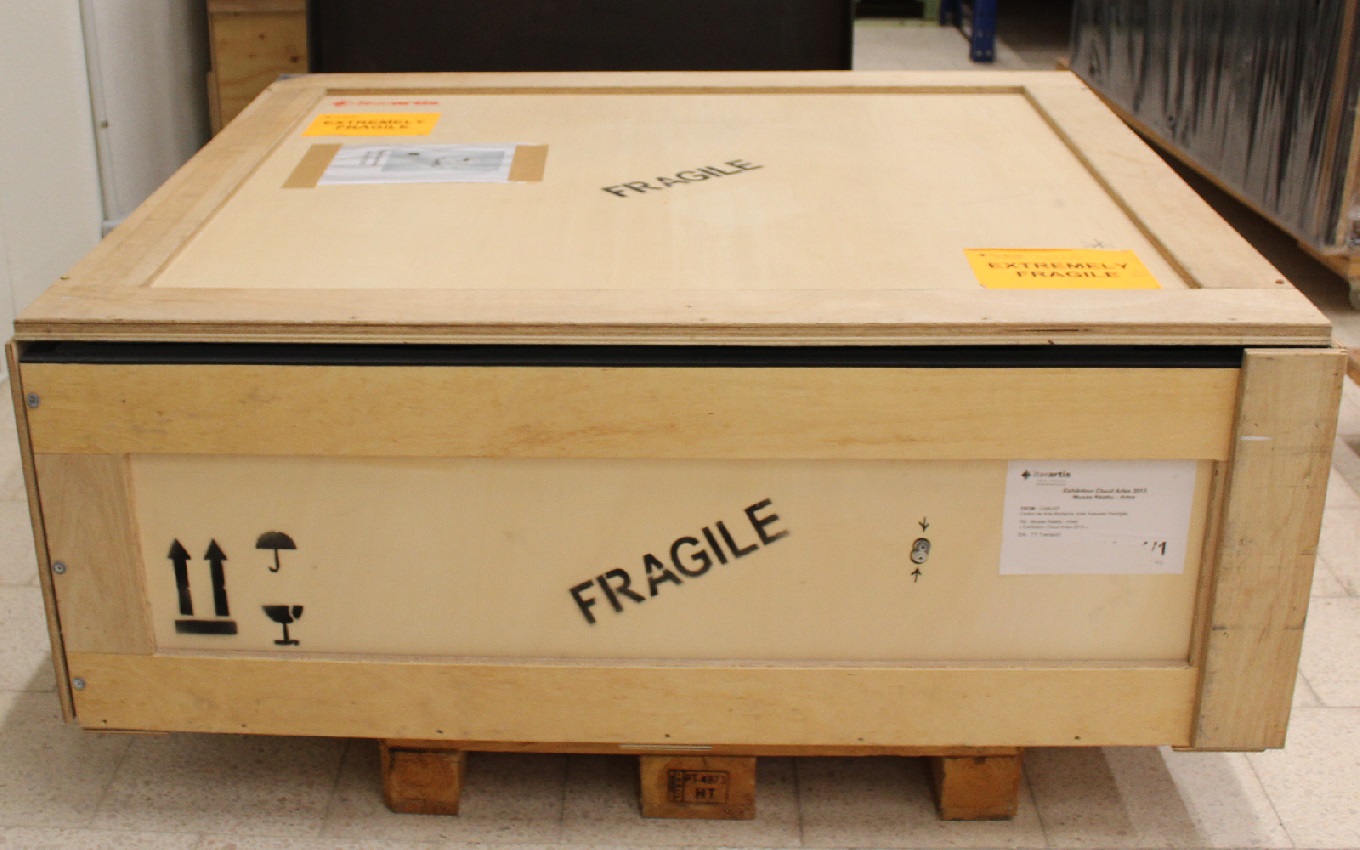
The basic principle of conserving an art collection, whether in storage or on display, is to maintain it in a stable and secure environment.
The CAM’s storage areas have specific conditions to ensure the safeguarding of the works, the main condition being the physical security of the space and its access being limited to authorised staff. The environmental conditions are monitored daily and kept within acceptable ranges of temperature and relative humidity.
After each exhibition, the works are carefully cleaned of any surface dust and packaged in a way that minimises deterioration due to extrinsic factors, such as dust, dirt or humidity. To avoid these three agents, most pieces (paintings and sculptures) are wrapped in PET (polyethylene terephthalate), a stable and transparent material that protects the piece at the same time as allowing us to see it.
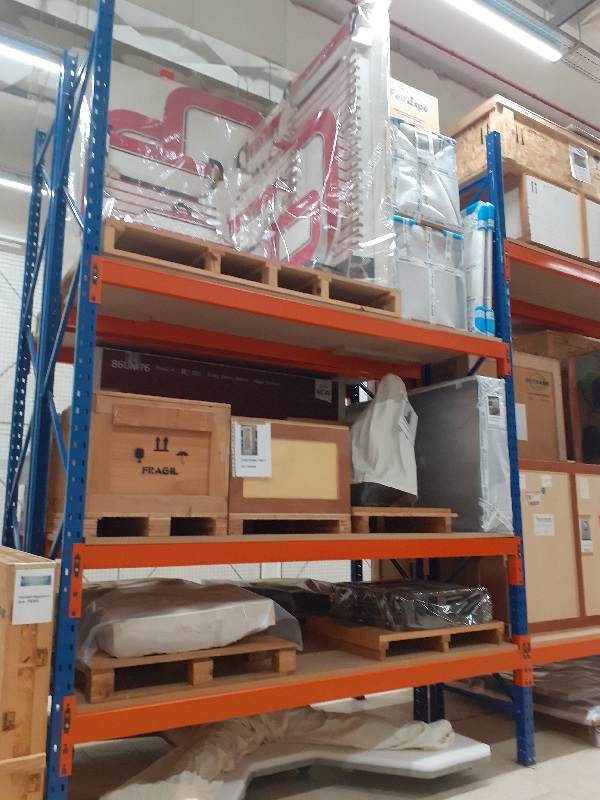
For sculptures and installations with complex or protuberant shapes, more personalised solutions are created. Each work is packaged, so as to protect it against potential physical impacts, and duly identified. The museographic team, along with the conservators, prepare modes of protection for corners and more fragile areas, made-to-measure cases with inner supports, and wheeled bases.
The sculpture UW84DC#14, by Richard Deacon, has a voluptuous and complex shape, comparable to a pencil shaving. It is a large piece made of contorted wood and aluminium. To avoid handling it any more than necessary, we created a platform on wheels and protected all the points of contact between the piece and the base.

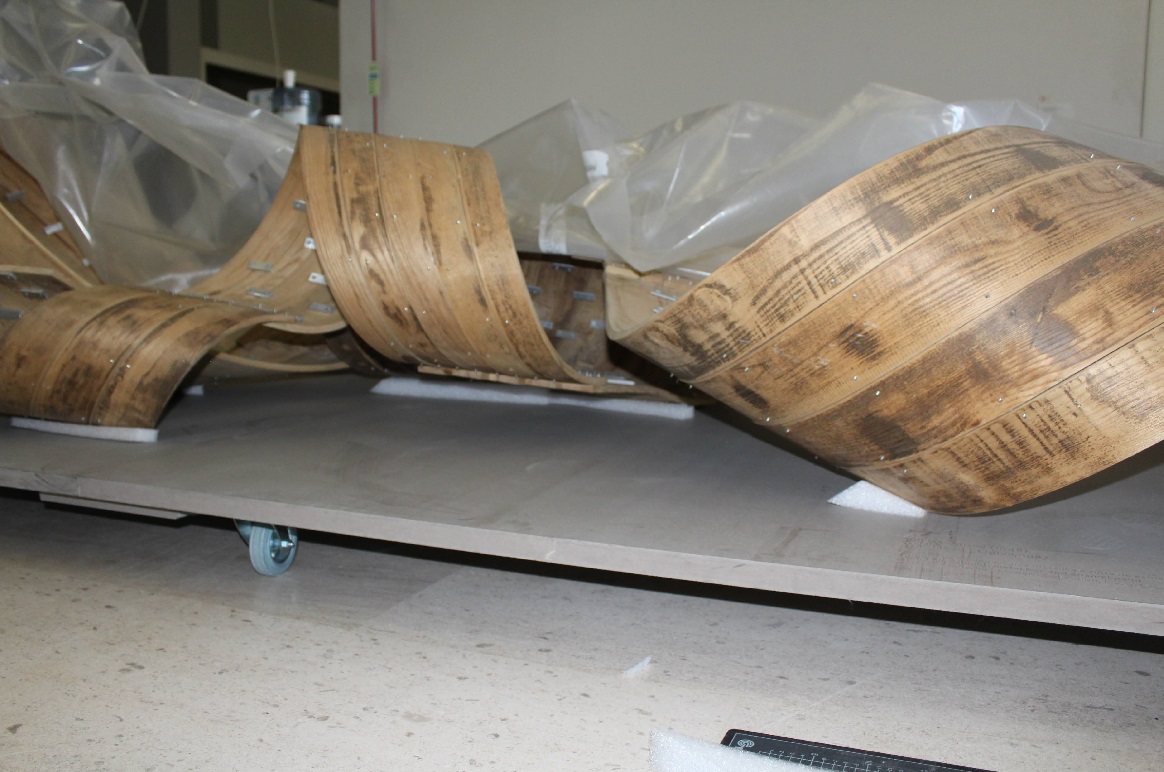
The iron piece Burning in a Forbidden Sea, by Rui Chafes, naturally has a considerable weight and a shape that is extremely difficult to handle. In this case, we decided to rest the piece on a puff, placed on a plinth. This allows us to move it easily from the storage areas to the gallery, bring it to its place and raise it with steel cables, without having to handle it directly.
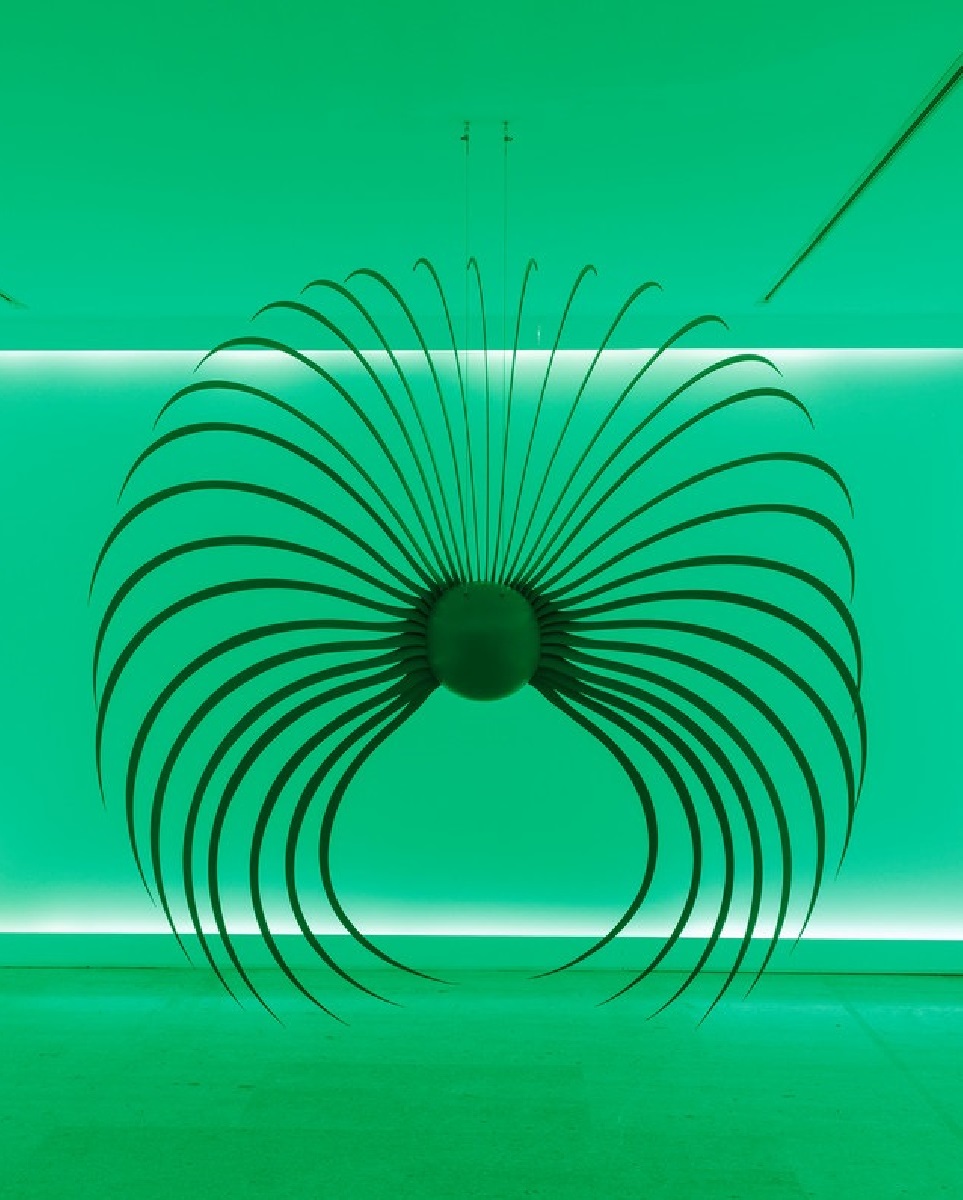
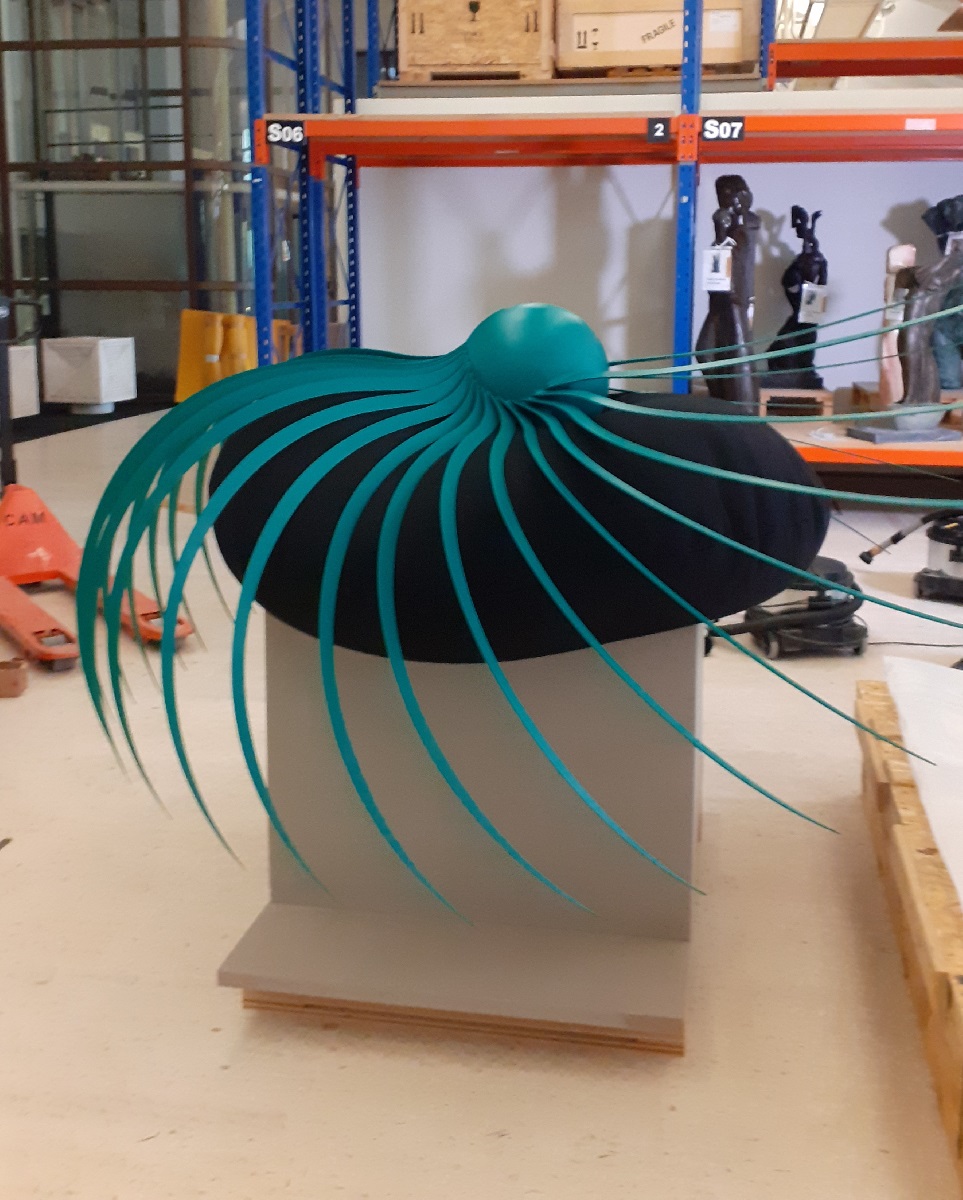
Another voluminous and heavy work is the iron construction by Alfredo Queiroz Ribeiro O sr. e eu éramos grandes amigos [You and I were great friends, Sir], with six points of contact with the floor and flag-like shapes with several prominent corners. Again, we were faced with a piece that was complex to handle, which led us to consider a structure that would ease movement and, at the same time, protect it from impacts. The museographic team developed a structure that, as well as supporting the piece, takes up less physical space.
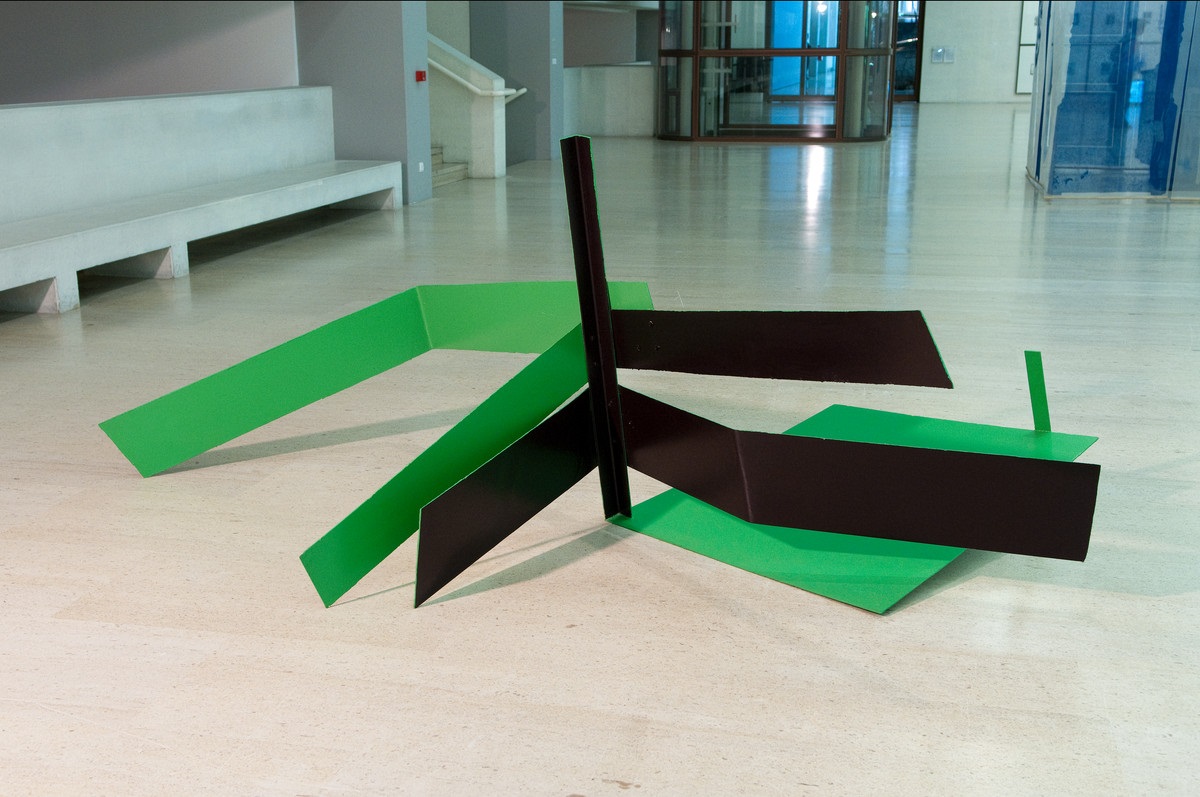

Customised storage is a creative and constantly evolving process adapted to each work. We contemplate the best solutions to minimise direct handling as far as possible, to facilitate access and avoid the need for human exertion in moving the works.
Elizabeth Martins
Conservator-restorer